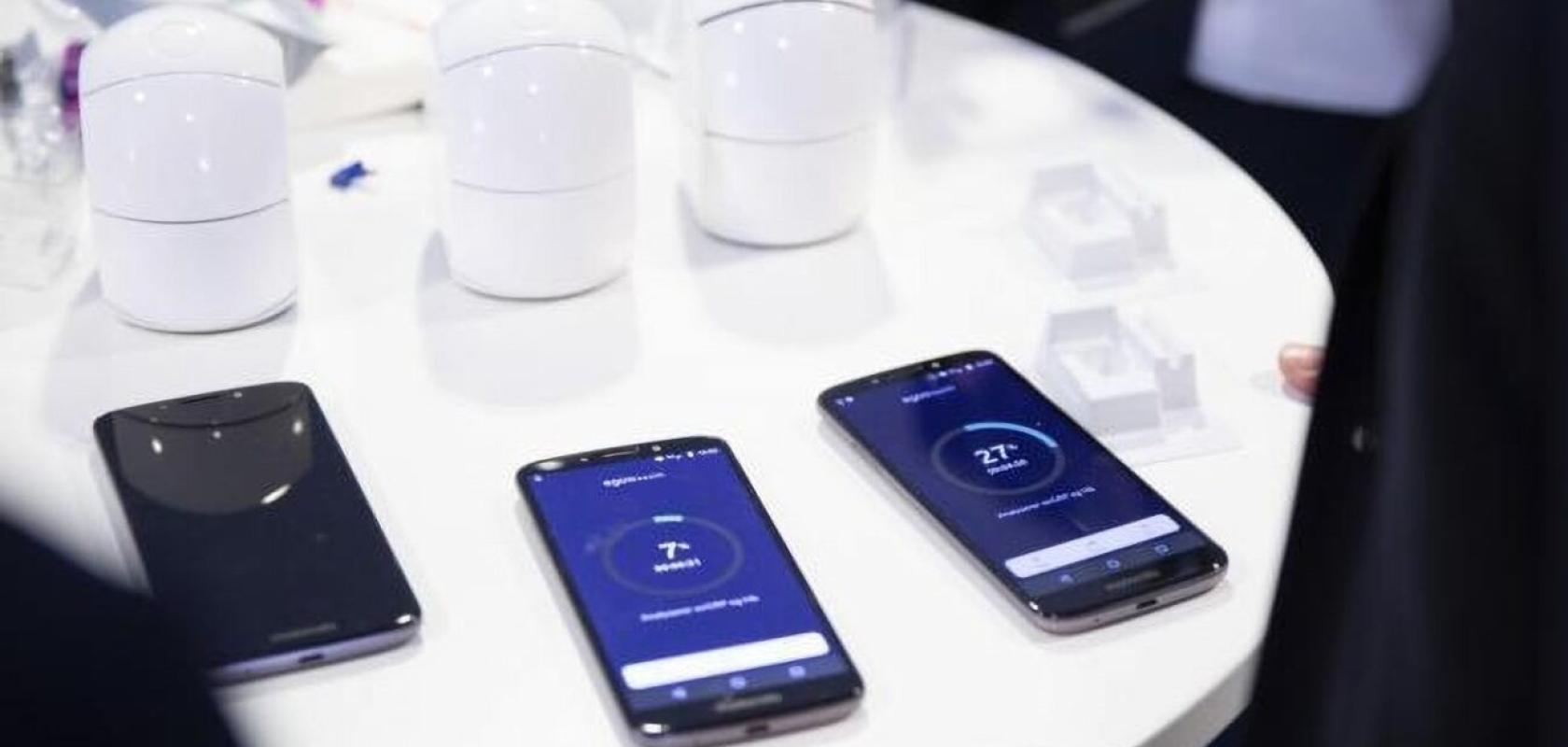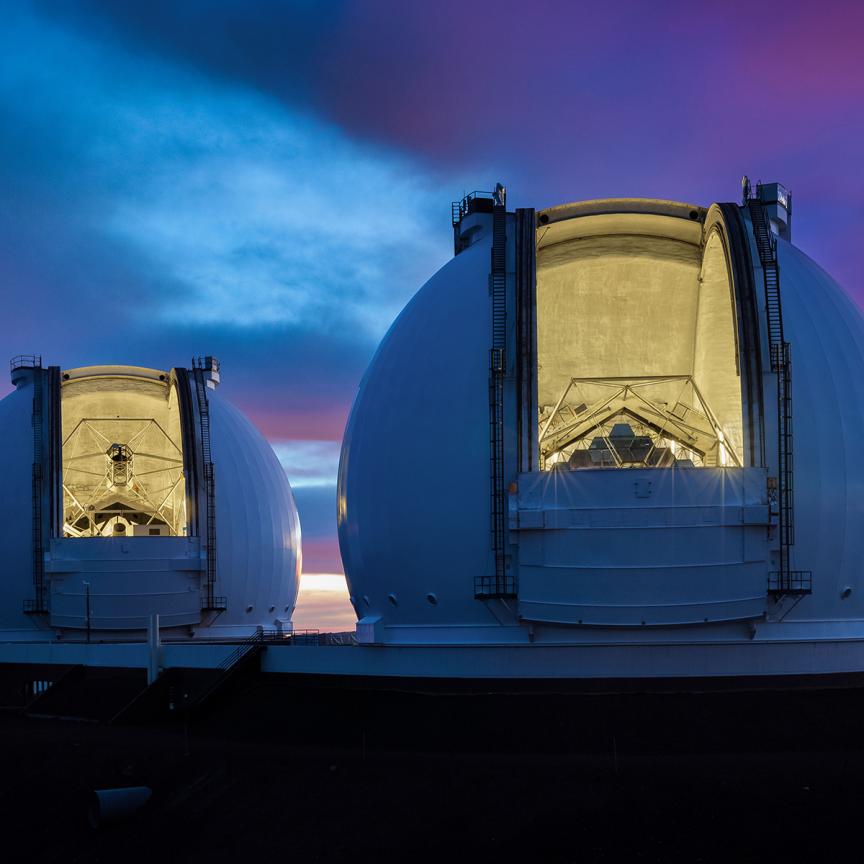While photonic technology has its roots in physics, it has long been used in the life sciences, and particularly in medicine, where light-based technologies are being increasingly used to diagnose and treat medical conditions.
While photonics are often the silent hero in the wider public consciousness, the pandemic pushed work in this area into the spotlight, and it was encouraging that researchers were able to, relatively quickly, make strides in diagnostic and test equipment and point of care.
One early developer of such equipment was medical technology firm, Qlife, which had licensed and implemented a 20-minute test for Covid-19 by May 2020. The SARSCoV-2 test, released under the company’s Egoo.health platform, uses a one-time Sars-CoV-2 capsule and runs a test in 30 minutes, requiring just an internet connection to deliver results directly to a laptop or computer. It works in a different way to the more mainstream RT-PCR method, which is conducted in a certified laboratory and has a test time of between four and six hours.
Instead, the sample is taken from the patient’s throat, and can be tested at a constant temperature, meaning it need not undergo an advanced heating and cooling cycle in the same way as RT-PCR. An enzyme is then added that separates the DNA strands and the two single stranded DNA is then used as a template for the creation of new DNA copies. This enzyme enables the company to increase the pace of chemical reactions and the analysis can be created isothermally at 44°C.
The importance of optical filters
The company recognised the important role that optical filters play in such an instrument being able to diagnose whether SARS-CoV-2 is present in a sample. This is because a fluorescent molecule attaches itself to each single strand, allowing the sample to be illuminated by light of a specific wavelength and the light to be absorbed. The fluorescent molecule then begins to emit light of a longer wavelength. The more light is emitted, the greater the number of amplified strands. It is important that the light that illuminates the sample, and the light from the fluorescent molecule, are completely separated so that the photodiode does not measure the wrong light.
Qlife contacted Delta Optical Thin Film for help, and the optical filter company embarked upon an intensive development process, which saw the team succeed in developing, producing and testing the necessary high-performance fluorescence filters in just 10 days.
When it comes to the challenges of designing optical filters for medical devices such as the Egoo test instrument, Delta Optical Thin Film needed to take into consideration the fact that space is a key consideration. A more bulky instrument would be less than ideal, so the company needed to ensure the most advanced and efficient filters, to prevent using so many that they would drive up the size (and cost) of the instrument. Luckily, the company has been making great strides in this area for a number of years.
A few years ago, Delta Optical Thin Film invested in magnetron sputtering technology in the form of Bühler Leybold Optics’ Helios 800 machine, which allows the economic production of even the most demanding filter types. Poul Svensgaard, CEO of Delta Optical Thin Film explains: “What the machine does is allows us to put many more dielectric layers and more material onto the substrate, so that we can make more advanced filters. The key performance parameter is the blocking outside of the filter’s range of use. For example, if you send in light at one wavelength to your target sample, and then you’re recording light coming back from that sample at a slightly different wavelength, you want the light from your light source to hit the target. But after that, you want to avoid the emitting light hitting your detector, you only want the fluorescence light at the other wavelengths to hit the detector. So the filters allow other wavelengths than the ones that should be looked at to be blocked. This combination of the Helios coating equipment with our own deposition control software means that we can produce filters that continuously set new standards in the marketplace.”
The small things
Another important parameter, according to Svensgaard is the degree to which the unwanted light is blocked. He explains: “This is measured in optical density (OD). Our new technology allows filters with OD of up to six orders of magnitude, or a million times attenuation of the unwanted light. Previously, it may have taken two or maybe more filters to achieve this, but at Delta Optical Thin Film A/S, we are able to achieve this with just one filter.”
This can help manufacturers of medical instruments to minimise the size of their machines by using fewer filters, with the additional benefit of saving on cost. Svensgaard elaborates: “In many of these fluorescence instruments, you use a dichroic filter to separate one wavelength from the other. That basically separates the emission or excitation from the light source from the emission, from the fluorescence material. With the new technology, it is this filter that you can potentially avoid because the filter you place in front of your detector can actually take care of dampening the excitation as well.”
The filters used in the Egoo test device only measure 4 by 4mm², but thanks to its advanced manufacturing technology, Delta Optical Thin Film is also able to manufacture filters that are even smaller. Svensgaard reveals: “It’s not only Covid, this technology can be used to detect any virus or bacteria with a fluorophore. And it will benefit from these new, more compact filters.”
Another improvement allowed by the new advances in filter technology at Delta Optical Thin Films is the ability to make the transition edge sharper from the blocking part of the wavelength range to the transmitting part. Svensgaard explains: “This is possible thanks to the ability to add more layers. This, in turn, means that the emission light can be closer to the fluorescent slide. We are excited to use our new capabilities to build even better filters. And what do those filters do for our customers? They enable them to build more compact, and also lower cost, instruments.”
Download the latest White Paper to find out how newly developed manufacturing capabilities have enabled the production of better filters to be built, which, in turn, allows vendors of measurement tools for medical applications to provide more compact, lower-cost instruments.


